While at my site for the last time this year I noticed a few things. First I noticed that underneath the hemlock trees there are no grasses coming up from under the leaf litter that covers the ground. Then there are grasses growing right where the canopy cover of the hemlocks stops.
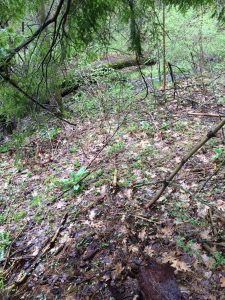
At my place I don’t think that there is a strong bond between nature and culture, but there is one. My location is right off of a walking path, so to people who are walkers and walk through Centennial Woods can associate with this location and it is part of their culture of walkers. I think that this culture is very recent and that nature is not affected daily by this practice. Culture and nature are pretty separate in this sense at my location.
When it comes to being a part of my Sit Spot I think that I have become part of it. I have found solitude in this spot and have gone to it when I need to be alone on multiple occasions. I come into my spot and interrupt the natural processes that are occurring and I am with nature. I am a disruptor, but I have become a part of nature around me and for that reason I have become part of my Phenology Sit Spot.
Here are some pictures of the current state of my site.
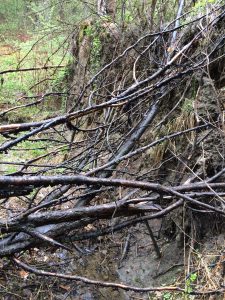
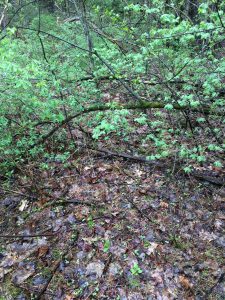
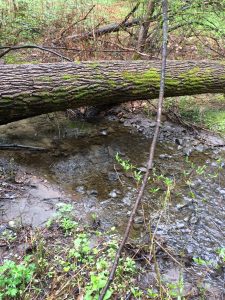


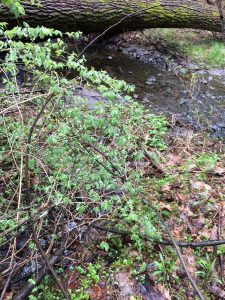
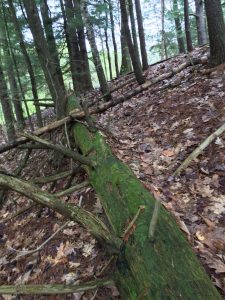
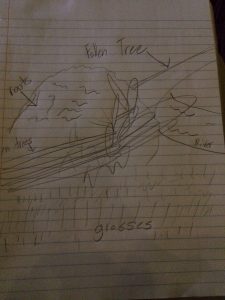
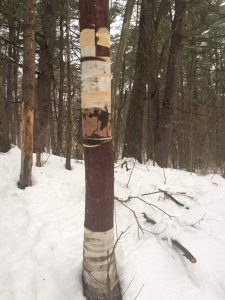


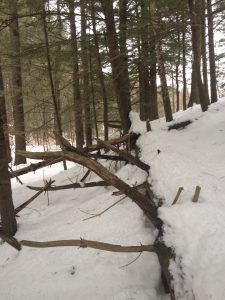
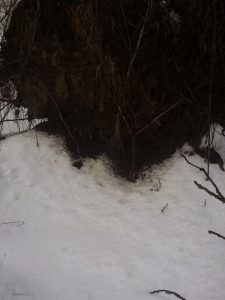

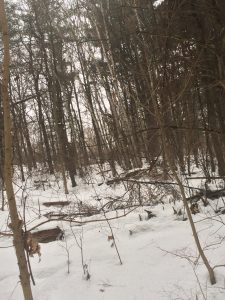
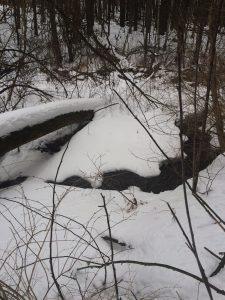
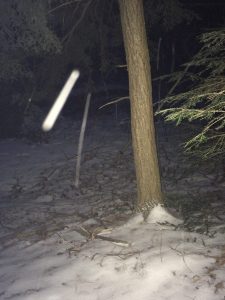 This image shows the snow cover and amount of grass that can be used by the forest dwellers. Upon walking around my site, I was able to find some animal tracks.
This image shows the snow cover and amount of grass that can be used by the forest dwellers. Upon walking around my site, I was able to find some animal tracks.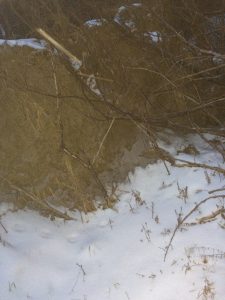
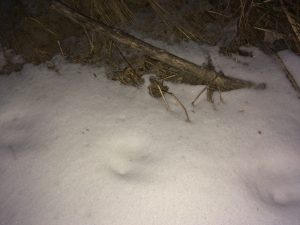
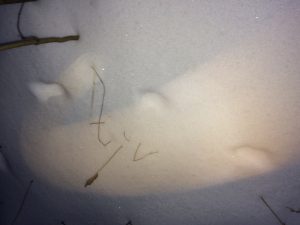
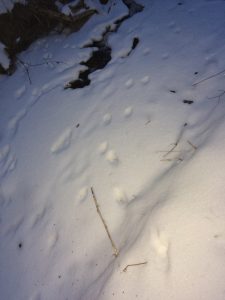
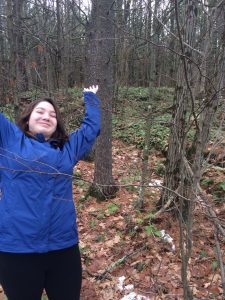
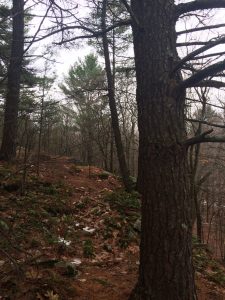
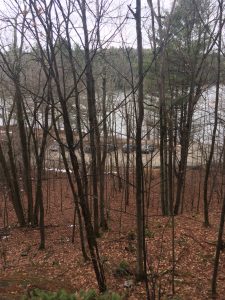
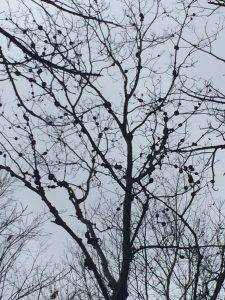
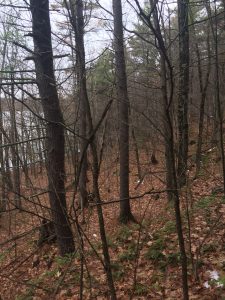
 reated an Event Map to help show what it is like while visiting my sit spot. It made me think about my senses and more about what is happening around me.
reated an Event Map to help show what it is like while visiting my sit spot. It made me think about my senses and more about what is happening around me.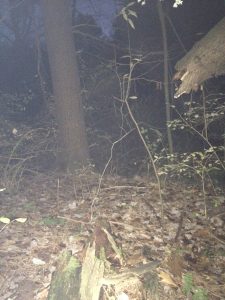
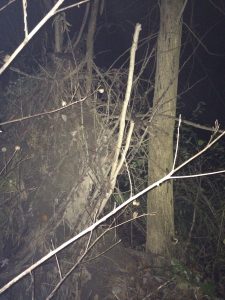
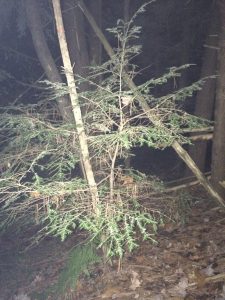


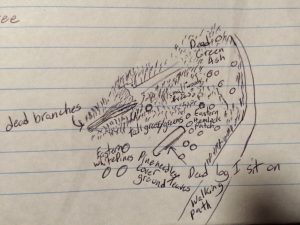
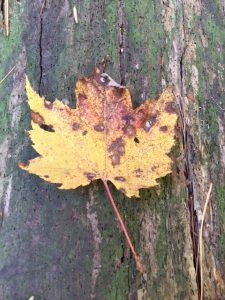
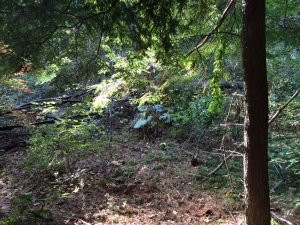
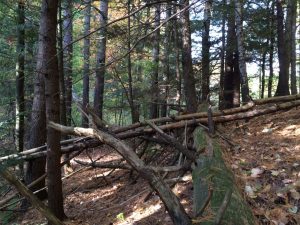
Recent Comments